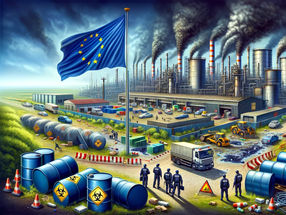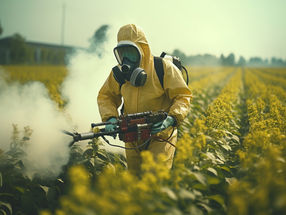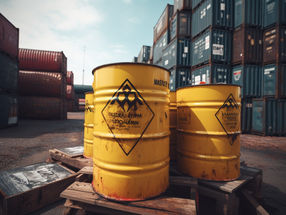Health risks from fumigated ship containers
Results of an expert meeting at BfR
Ship containers are sometimes fumigated with pesticides to protect goods during transport from pests and fungi. This also prevents the spread of insects or other pests from one country to another. The Federal Institute for Risk Assessment (BfR) has received reports of health impairments suffered by the dock workers who opened these containers. Furthermore, there may be a potential risk for consumers when fumigants remain in products or foods. In order to access the available information, BfR staged a meeting for experts from Germany and the Netherlands. According to their findings problems are caused when the transport documents of the fumigated containers do not make any mention of fumigation and the containers have not been labelled, as stipulated, with warnings for the transport of hazardous goods. "The proportion of fumigated containers which are being transported without warnings is relatively high according to the information available to us", says Professor Dr. Dr. Andreas Hensel, President of BfR. The Institute is, therefore, of the opinion that more controls are needed in the larger sea ports in Germany and the Netherlands.
According to the international regulations for hazardous goods, warnings for fumigated containers must be kept in place, even after ventilation, until the goods have been unloaded. With good reason: containers that are not labelled and still contain toxic gas can pose a health threat to the people who open them. They are mainly the staff of the inspection authorities and dock workers who unload the containers but also people who, for instance, transport their belongings in containers when they move house and open them on arrival. The crew on board transport ships is also exposed to risks during the voyage. Most of the health impairments reported to BfR were minor like respiratory disorders. However, the Institute is aware of individual cases of severe intoxication, from other sources.
In order to protect consumers and the above-mentioned professional groups, participants in the expert meeting called for more controls and stricter sanctions in the case of violations of the provisions for the transport of hazardous goods. Only a few chemical agents are used for container fumigation and the inspection measurements could be restricted to them.
Fumigant residues evaporate when the goods transported in the containers are ventilated. Depending on their condition this may take anything from a few hours up to several weeks. However, no reliable statements on the release rates from specific materials were possible up to now. Based on the evaluation of the limited data available, BfR estimates the risk to consumers as being relatively low in general. In individual cases, however, health impairments cannot be ruled out from products with a longer out-gassing period that consumers come into contact with like mattresses, cuddly toys and varnished wood.
The experts are of the opinion that there is a need for research above all on measurement methods. Both the methods for on site inspections in the containers as well as measurements of the release of gases from products have to be standardised and validated. The latter is the precondition for being able to estimate potential risks for consumers. From the angle of occupational health and safety there is also a need for test criteria in order to be able to decide whether it is safe to open and enter a container.
Most read news
Other news from the department politics & laws

Get the chemical industry in your inbox
By submitting this form you agree that LUMITOS AG will send you the newsletter(s) selected above by email. Your data will not be passed on to third parties. Your data will be stored and processed in accordance with our data protection regulations. LUMITOS may contact you by email for the purpose of advertising or market and opinion surveys. You can revoke your consent at any time without giving reasons to LUMITOS AG, Ernst-Augustin-Str. 2, 12489 Berlin, Germany or by e-mail at revoke@lumitos.com with effect for the future. In addition, each email contains a link to unsubscribe from the corresponding newsletter.
Most read news
More news from our other portals
Last viewed contents

Chemical Bonding of Phase-Change Materials - Rational syntheses of such new materials are much easier
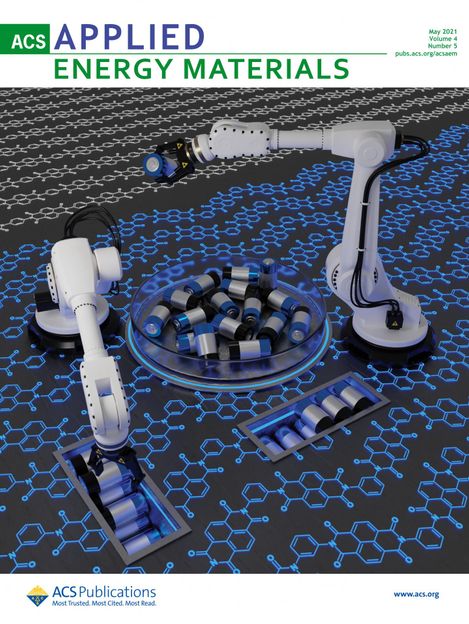
Researchers proposed an attractive cheap organic material for batteries - New molecular design principle for battery polyimides

Monolithic dynamic covalent polymer aerogels with closed-loop recyclability
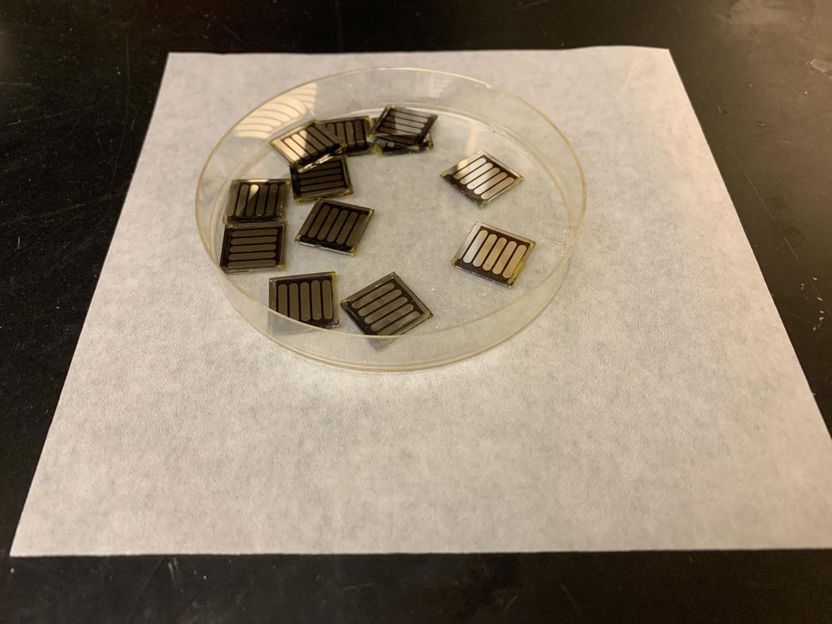
Caffeine gives solar cells an energy boost - The idea began as a joke over morning coffee

Producing resource-saving batteries from wood waste - Novel digestion process
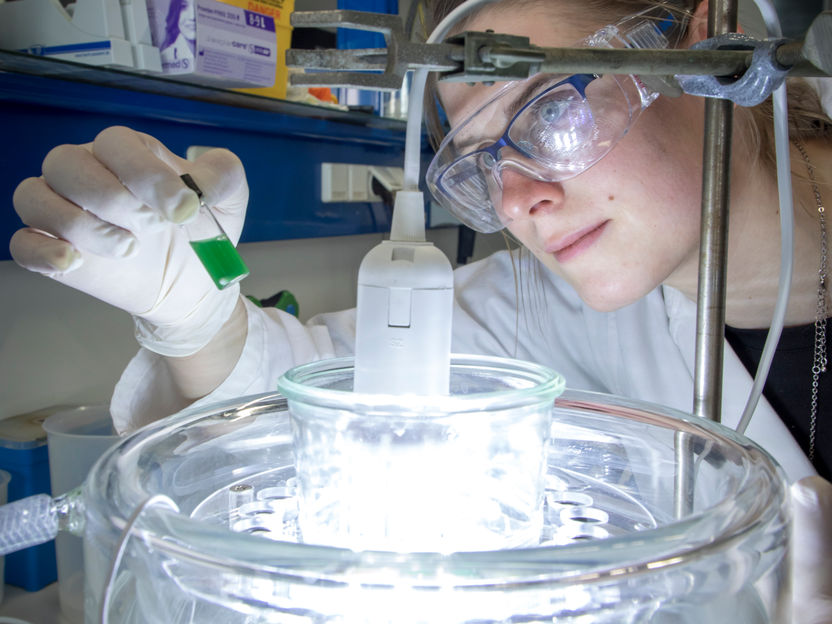
Photosynthetic microalgae as biocatalysts - The biocatalytic production of chemicals should become considerably more sustainable












